Hey guys,
I was fortunate to be invited to go to Brazil and help out with the Projecto Coral Vivo.
More info about them: http://coralvivo.org.br/
Unfortunately it is all in Portuguese.
They are a group of marine biologists, scientists and alike that are studying everything related to marine biology and conservation of the Brazilian coast.
In one of their studies, they wanted to study the effect of temperature rise and acidification of the water.
So, they built a mesocosm consisting of 4x 5000 liters containers where they can manipulate the ocean water and then analyze its effect.
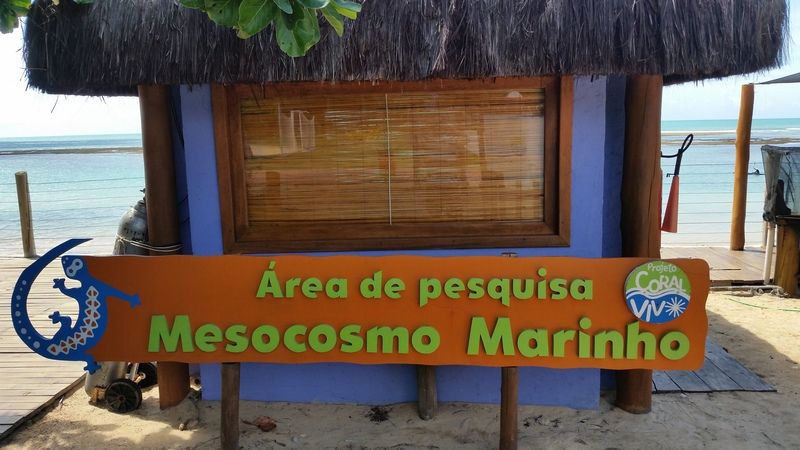
These containers are located buried in sand, so the sun doesn't affect the water to be injected into the tubs where the corals are placed.
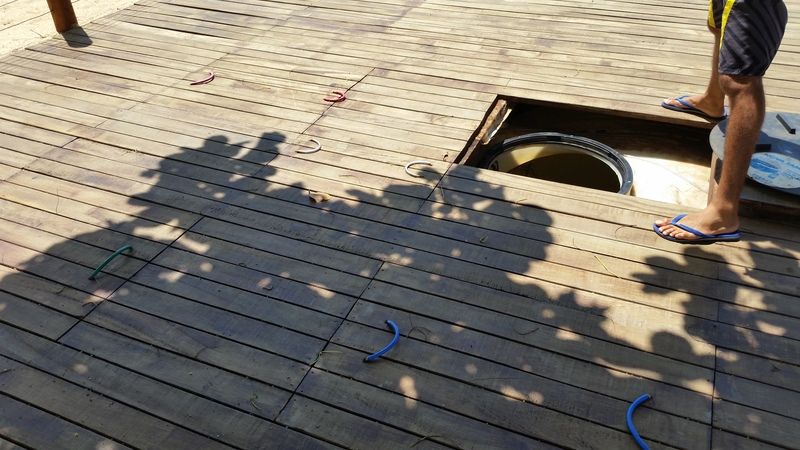
Each of these 5000 liters containers have a 15000W heater element and 2x CO2 reactors.
The long metal stick in the center is the heater and the 2 white tubes are the CO2 reactors.

One of these containers is used as control and the other 3 are used to alter either temperature, pH or a combination of both.
Water is pumped directly from the ocean into these 4 containers where they get the parameter changed before it is distributed into the tubs where the corals to be studied are located.
Each container feeds water to 4 tubs.
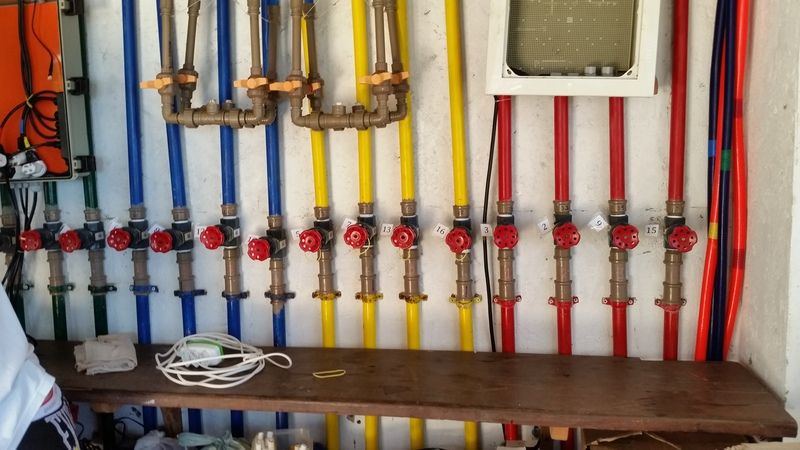
Then water from each of these tubs is returned into a giant normalizing pit before it gets back into the ocean.
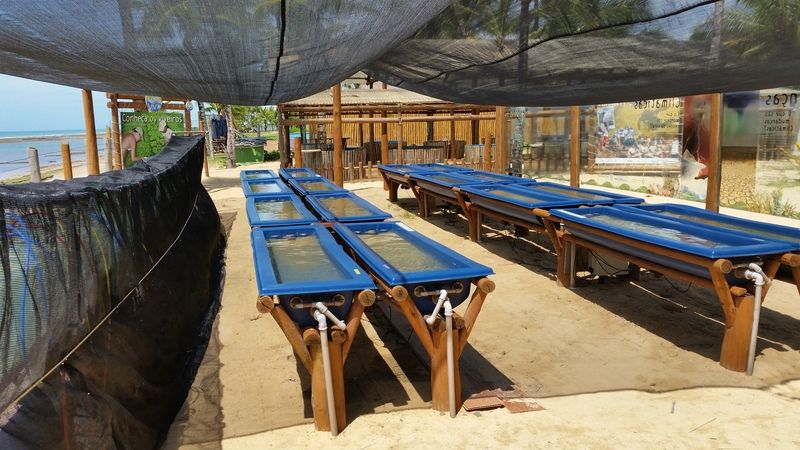
The Reef Angel controller was their choice to monitor and control all the parameters.
I went there to help them with installation and initial programming of everything to get them up and running in no time.
The box on the left is the relay box that control the heaters and the CO2 solenoids. The pipes in the middle are the pH probes and the box on the right houses the pH modules.
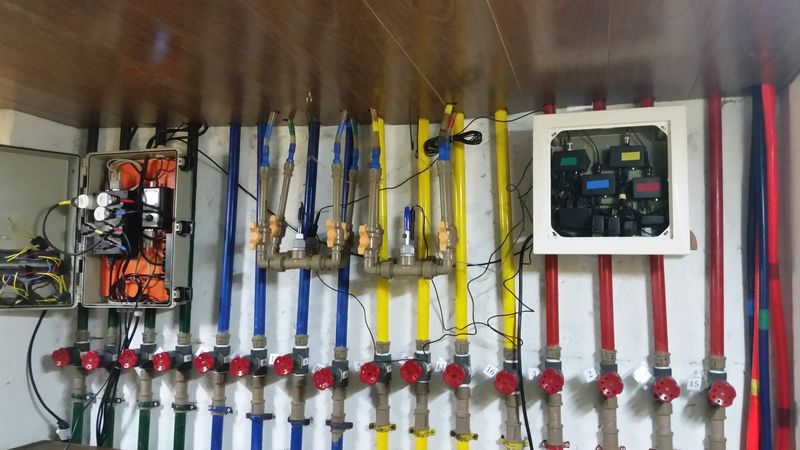
They actually started with this study about 2 years ago. Last experiment was just temperature changes and they had the temperature raised by 1, 2 and 4.5 degrees Celsius.
They found out that at 1 degree raise, the coral didn't have any ill effect, but at 2 degrees, they bleached out in a few weeks and at 4.5 degrees, they died in a few days.
This current experiment will add the pH change. They will have on container with just temperature altered, one with only pH altered and one with both altered.
The change is set to 2 degress Celsius increase and/or 0.3 pH decrease.
It will start in the next few weeks.
While I was there, I was very fortunate to see some of the other studies.
One of them includes the propagation of corals.

They have a bunch of tubs where they have several colonies of corals. They are all native to Brazil and most of them are endemic to the area.
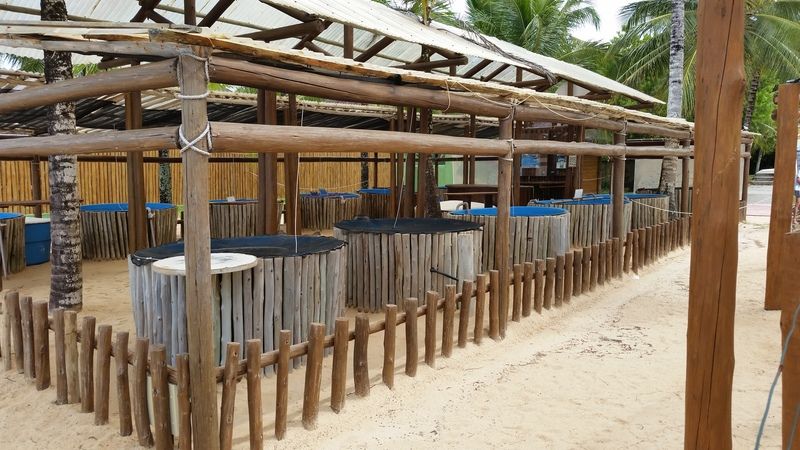
In a couple of these tubs, they had a type of brain coral that was spawning.
It was my first time seeing this It was an amazing moment!!!
It was an amazing moment!!!
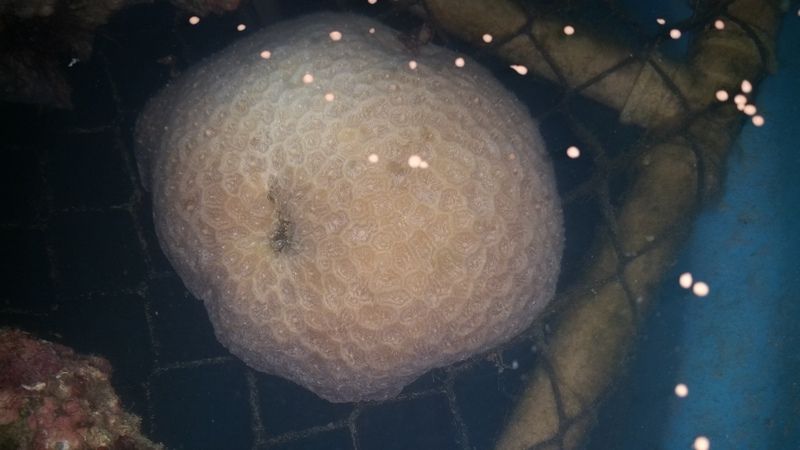
These spawning packets contain about 100 eggs each.
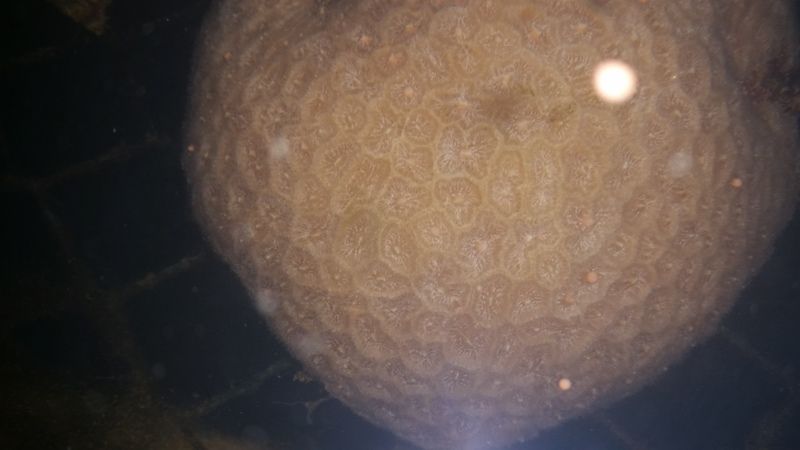
They are collected and counted. They first day, it was about 500 packets, the second day was about 3500 packets, the third day was about 1300 packets and the last day was less than 100.
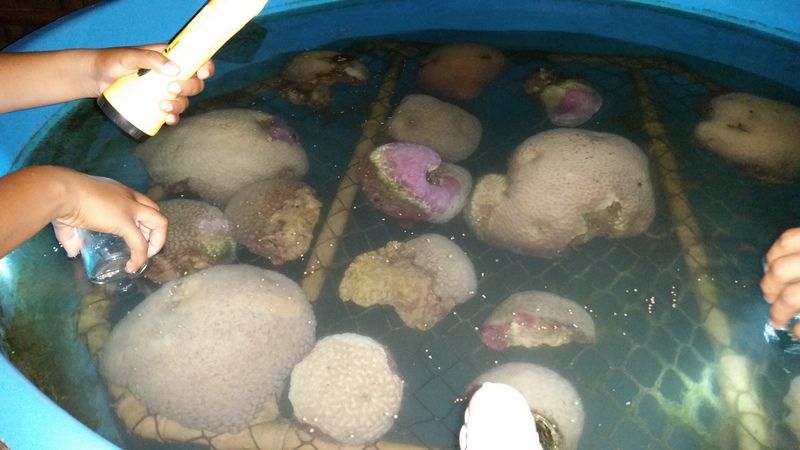
Here is a video of the spawning happening:
After collection, these packets start to break up and the individual eggs can be seen. They look like artemia eggs in the bucket.
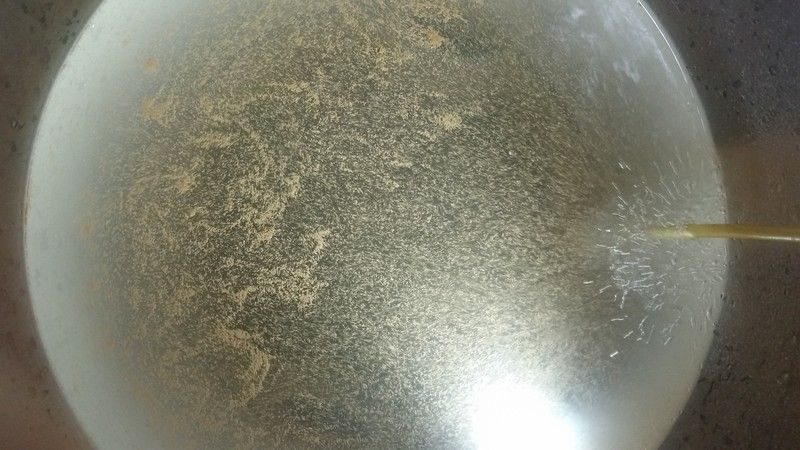
Then, they are transferred into 30g glass aquariums.
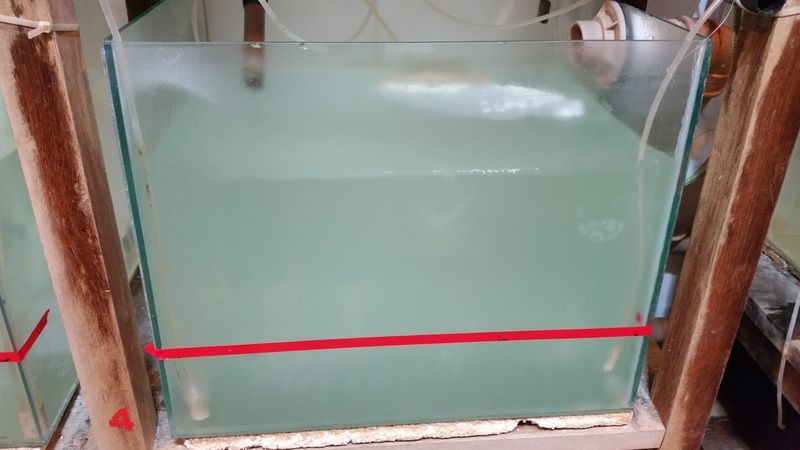
Each day goes into a different aquarium.
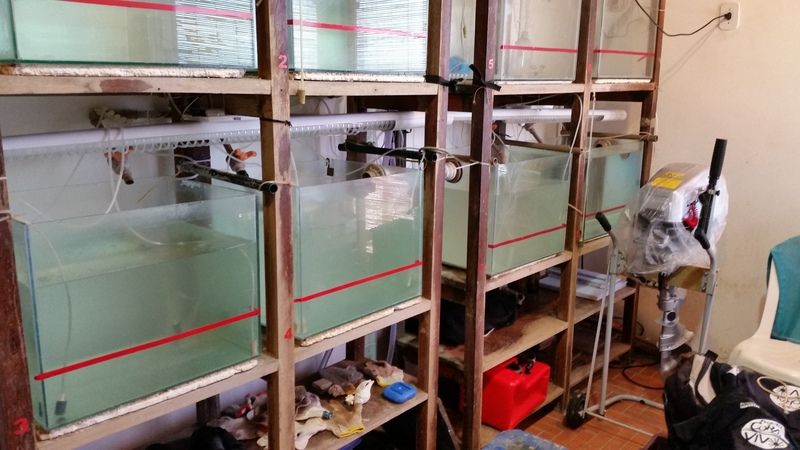
After so many days, coral babies are born and they place tiles inside the aquarium tanks to let them land on top and attach to the tile.
2 years later, you get tiny corals that you can already see at naked eye. The white spots are corals.
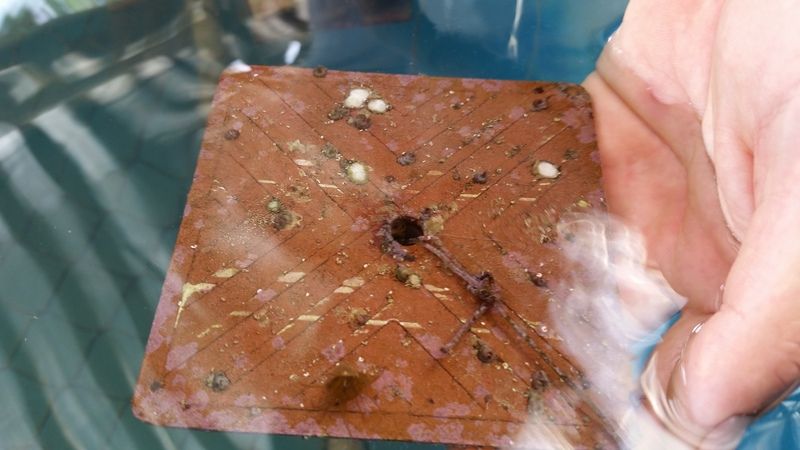
That was a super fun trip

I was fortunate to be invited to go to Brazil and help out with the Projecto Coral Vivo.
More info about them: http://coralvivo.org.br/
Unfortunately it is all in Portuguese.
They are a group of marine biologists, scientists and alike that are studying everything related to marine biology and conservation of the Brazilian coast.
In one of their studies, they wanted to study the effect of temperature rise and acidification of the water.
So, they built a mesocosm consisting of 4x 5000 liters containers where they can manipulate the ocean water and then analyze its effect.

These containers are located buried in sand, so the sun doesn't affect the water to be injected into the tubs where the corals are placed.

Each of these 5000 liters containers have a 15000W heater element and 2x CO2 reactors.
The long metal stick in the center is the heater and the 2 white tubes are the CO2 reactors.

One of these containers is used as control and the other 3 are used to alter either temperature, pH or a combination of both.
Water is pumped directly from the ocean into these 4 containers where they get the parameter changed before it is distributed into the tubs where the corals to be studied are located.
Each container feeds water to 4 tubs.

Then water from each of these tubs is returned into a giant normalizing pit before it gets back into the ocean.

The Reef Angel controller was their choice to monitor and control all the parameters.
I went there to help them with installation and initial programming of everything to get them up and running in no time.
The box on the left is the relay box that control the heaters and the CO2 solenoids. The pipes in the middle are the pH probes and the box on the right houses the pH modules.

They actually started with this study about 2 years ago. Last experiment was just temperature changes and they had the temperature raised by 1, 2 and 4.5 degrees Celsius.
They found out that at 1 degree raise, the coral didn't have any ill effect, but at 2 degrees, they bleached out in a few weeks and at 4.5 degrees, they died in a few days.
This current experiment will add the pH change. They will have on container with just temperature altered, one with only pH altered and one with both altered.
The change is set to 2 degress Celsius increase and/or 0.3 pH decrease.
It will start in the next few weeks.
While I was there, I was very fortunate to see some of the other studies.
One of them includes the propagation of corals.

They have a bunch of tubs where they have several colonies of corals. They are all native to Brazil and most of them are endemic to the area.

In a couple of these tubs, they had a type of brain coral that was spawning.
It was my first time seeing this

These spawning packets contain about 100 eggs each.

They are collected and counted. They first day, it was about 500 packets, the second day was about 3500 packets, the third day was about 1300 packets and the last day was less than 100.

Here is a video of the spawning happening:
After collection, these packets start to break up and the individual eggs can be seen. They look like artemia eggs in the bucket.

Then, they are transferred into 30g glass aquariums.

Each day goes into a different aquarium.

After so many days, coral babies are born and they place tiles inside the aquarium tanks to let them land on top and attach to the tile.
2 years later, you get tiny corals that you can already see at naked eye. The white spots are corals.

That was a super fun trip

